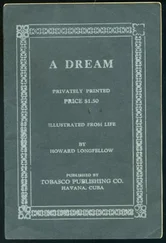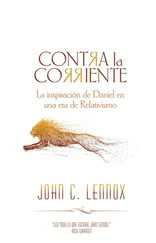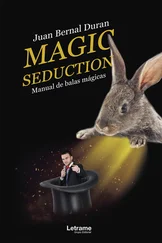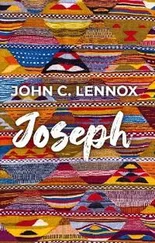We use ceteris paribus thinking all the time: eliminating one kind of food at a time to see if we have allergies, trying high-octane gasoline in our car to see if that improves mileage, altering our posture to see if that makes our back feel better, or testing a new drug for the treatment of multiple sclerosis in a clinical trial. Ceteris paribus is a great approach if all other variables remain constant and you have the discipline not to change other variables at the same time. If you remove wheat and dairy from your diet together, and that muscle soreness disappears, then you still have to go back and test each separately to know which one is causing the problem—or if it is the interaction of the two.
Using ceteris paribus , then, we can ask if any single trait is an adaptation. This is the equivalent of asking if a trait has evolved because it was the target of natural selection. Keep in mind that this use of “adaptation” as a noun is different from the verb of “adapting,” which refers to the process of natural selection in action. In addition, if we are being careful, we’ll always ask if a trait is an adaptation for a specific situation.
To answer this kind of question, we need information, and lots of it. Fortunately, Robert Brandon has carefully analyzed the kinds of information that are necessary and sufficient to provide what he calls a “how-probably” explanation of adaptation (Figure 2.2). [8] Robert Brandon, Adaptation and Environment (Princeton, NJ: Princeton University Press, 1990).
A how-probably explanation of adaptation, by the way, is rarely accomplished because we usually are missing one or more pieces of evidence. We miss loads of evidence when we are dealing with adaptation in extinct life-forms, and then the best we can do with our partial set of information is to claim that we have a “how-possibly” explanation.
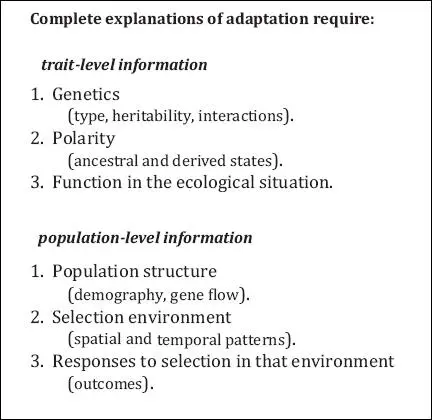
FIGURE 2.2. Got adaptation? To show that natural selection created a trait—in other words, that the trait is an adaptation—you need hard, physical evidence. You need to know about the trait and the population of organisms in which the trait exists. Collecting all of this information is difficult enough when we have the population right in front of us. Doing so when the population is extinct is impossible because we can’t dig up the genetics, population structure, or selection environment. The beauty of simulating evolution with autonomous robots is that we can choose the genetics, population structure, and the selection environment. Once those features of the trait and population are chosen, we can then put our robotic population in motion and watch, over generational time, as the population evolves. Robert Brandon’s 1990 book, Adaptation and Environment , inspired this perspective.
The evidence that we need to test a how-probably hypothesis of adaptation begins with understanding the trait of interest. First, we need to know that the trait is heritable, how it is genetically coded, and how it interacts, at the level of DNA, with other heritable traits. You can see how this evidence fits in with the definition of natural selection from earlier in this chapter. Second, we need to understand “polarity” of the trait—that is, what did the trait evolve from? What did the trait look like in its ancestral form, and what does it look like in its derived form? In the case of a jointed vertebral column, we know that it evolved from an unjointed notochord. Third, we need to understand how the ancestral and derived forms of the trait—and all the intermediate forms in-between—functioned in a living individual.
We also need information about the population in which the trait is evolving. First, we need to know about the structure of the population, things like number of individuals, age at sexual maturity, and rates of immigration and emigration, to name a few. Second, we need to know about what Brandon calls the “selection environment”—what I think of as the world in which the population exists. This world includes both physical and biological factors. Most importantly, the world contains other individuals very much like you, and because of that similarity, you are likely to interact and compete with those other members of your population. All of these features in the world make up the “selection pressure.” Third, we need to know how the population responds to selection. This gets us back to how we measure evolutionary change, with Δ  and Δ p .
and Δ p .
If you can muster all of that information, you have what Brandon considers to be an “ideally complete” explanation of adaptation. But you can see the problem with these how-probably explanations: you basically need to know everything there is to know about the trait and the population! This is what makes the Grants’ work on the ground finches in the Galapagos so impressive: they have over twenty years of data on the genetics and function of multiple phenotypic traits and over twenty years of data on the demography, selection environment, and responses to selection of the population of medium ground finches on the island of Daphne Major.
Keeping Brandon’s necessary and sufficient information in mind (Figure 2.2), you can see that one of the brilliant decisions that the Grants made was to select a population that was isolated (very little immigration and emigration), small, and in a simple selection environment (open habitat with only a few other animal and plant species). As Wake Forest University’s David Anderson, another bird expert working in the Galapagos says, the birds on those geologically new and ecologically simple islands suffer out in the open.
What Anderson means by “suffering out in the open” is that humans who spend the time to observe carefully in the Galapagos can actually watch many events that have huge evolutionary impacts. For example, Anderson watches in lean years as Nazca boobies can only produce a few or feed some of their chicks. Reproductive success or failure is there, out in the open, for him to observe.
Make babies and help them make babies. If you are a Galapagos finch and you do this better than other Galapagos finches, then you are a winner in the game of life. Your score is based on how well you do relative to others in your population. If you are the best, you get a score of 1.0. If you are the worst and don’t produce any offspring, you get a score of 0.0. This score is called your “evolutionary fitness.”
Scoring the game of life is just the beginning. Once you have the score, the natural question to ask is, why do some individuals play the game better than others? And then, what about the individual and its interactions with its world matter? When you can answer these questions, then you’ve got a handle on which traits are important, how those traits function, what in the world selects individuals, and how the population responds to those selection pressures.
Anderson and the Grants were both lucky and smart—they managed to find an environment in which this scoring is, if not easy to do, at least possible. Most biologists don’t have this advantage. Thanks to our decision to study evolving robots, my colleagues and I suddenly found ourselves in a position a lot like that of the biologists studying Galapagos finches: we could watch a population that suffered out in the open. We can create our own simplified world, create individuals whose genetics we know, create a population whose structure is predetermined, and then carefully observe behavior and evolution as the individual robots interact with their world. Because we also set up what is called the “fitness function,” we are also the judges of the behavior of individuals. We become the agents of selection.
Читать дальше
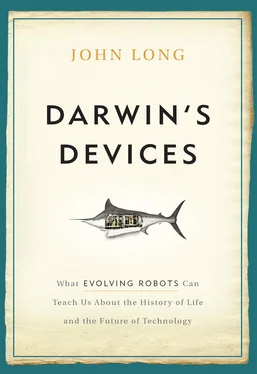

 and Δ p .
and Δ p .